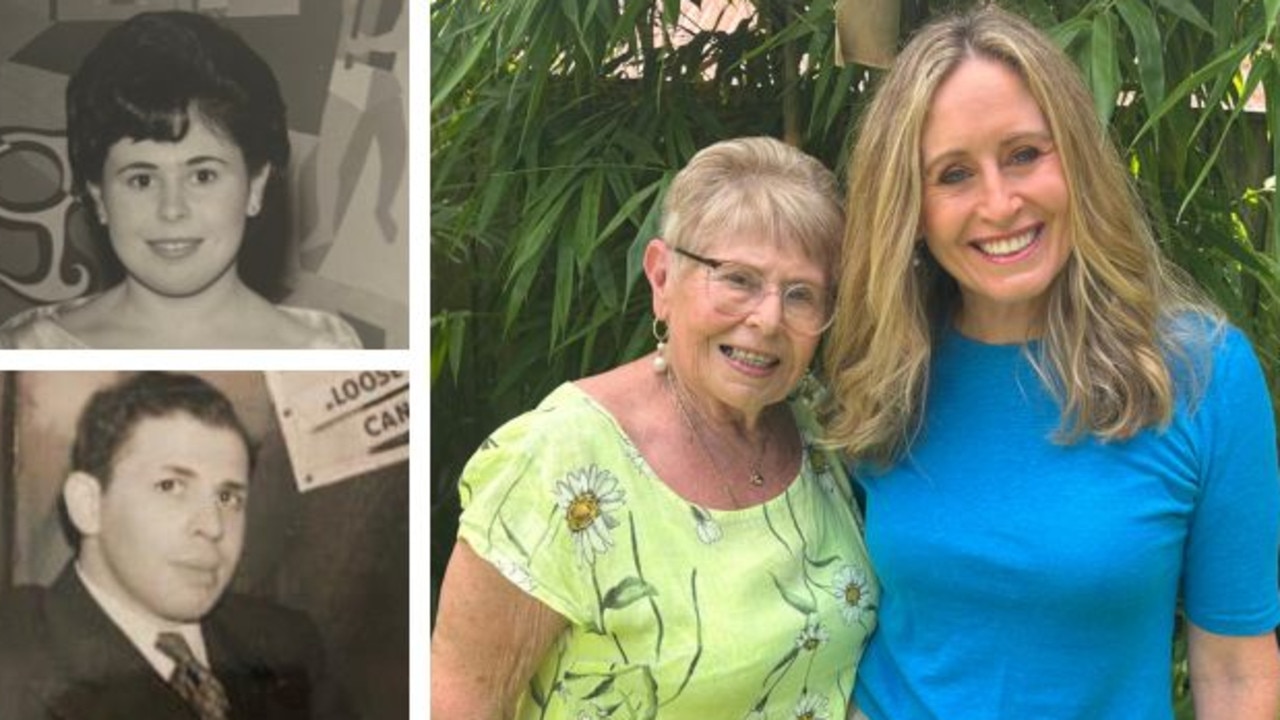Editorial: The most shocking fact about the murder of Curtis Cheng is the killer’s age
TWO years since schoolboy Farhad Jabar murdered NSW Police employee Curtis Cheng, the most shocking fact about that crime remains the killer’s age.
Opinion
Don't miss out on the headlines from Opinion. Followed categories will be added to My News.
Coming up to two years since schoolboy Farhad Jabar murdered NSW Police employee Curtis Cheng, the most shocking fact about that crime remains the killer’s age.
Jabar was just 15 when he raised his finger in an Islamic State salute while inside Parramatta mosque. Dressed in black robes, he then calmly left the building. When next caught by security cameras, Jabar was stalking the streets outside NSW Police Force headquarters, weapon in hand.
The killer’s age mirrors trends in Syria, northern Iraq and other Islamist terror zones. As older IS combatants are wiped out, various agencies are replacing them with vulnerable children.
It could be seen as a desperate final play by a fanatical movement that is gradually being worn down. Certainly there is a similarity to the final weeks of World War II, when Nazi Germany sought to delay defeat by sending doomed teenagers into combat. These were mostly suicide missions, plain and simple. One surviving child soldier was Guenter Lucks, who in 2014 told a German historian: “We only knew Nazi heroes like Otto Skorzeny, the SS commando, legendary fighter pilots or U-boat commanders like Guenther Prien.”

Similarly, teenagers obsessed with Islamist terror idolise the likes of Osama bin Laden, share videos of Islamic State atrocities and rant about their plans for vengeance. Yesterday a court was shown a bloody note found on Jabar’s body after the teenage murderer was gunned down by police. “By the will of Allah I have come today to put terror in your hearts,” it read.
We’re not exactly dealing with normal teens here. But a significant difference between Jabar and other young Western-raised Islamist extremists and the Nazi teenagers of World War II is that our youthful terrorists have not been raised in isolation, but pluralistic societies that allow all manner of art, identity and expression.
So it isn’t that these children have never known a broader world. They have. And they choose to completely reject it.
This is why we should perhaps not regard the involvement of children in terrorist acts as a desperate final play but instead as evidence of a generational problem — and therefore a problem that won’t solve itself. Rather, it will require substantial intervention.
That intervention must come from the wider Islamic community. Otherwise, we face the prospect of yet further horror arising from radicalised children.
YOUTH OF TODAY GET MOUTHY
WHAT is it with 26-year-olds at the moment? Last week saw Muslim activist and ABC staffer Yassmin Abdel-Magied in deserved strife over her Anzac Day facebook comment.
And now we’ve got a 26-year-old Liberal member of state parliament accused of calling a fellow party member a “Nazi” and telling another to “f--- off back to Sydney”. These chippy young ’uns have some serious growing up to do. Preferably not in public, where words can have serious consequences.
METADATA A MEGA CONCERN
THERE is a view in some quarters that the controversy over metadata intrusions by Australia’s law enforcement agencies is a case of journalists speaking about something only of interest to other journalists.
While it is obviously true that journalists are deeply concerned about one of their number having his or her phone records illegally accessed by the Australian Federal Police, this is far from being an issue concerning only journalists and the media industry.
The sheer numbers involved indicate that huge sectors of the Australian population must be subject to metadata investigations. As The Daily Telegraph reveals, our nation’s law enforcement agencies conducted almost 200,000 more transmissions in one year alone.
Beyond that, there were more than 541,300 “authorisations” to access information under communication interception laws for criminal purposes last year.
Those numbers suggest a process that is not precisely targeted but is instead a random harvest of phone calls, text messages and online interactions.
And it’s clearly an issue of concern for all Australians.


